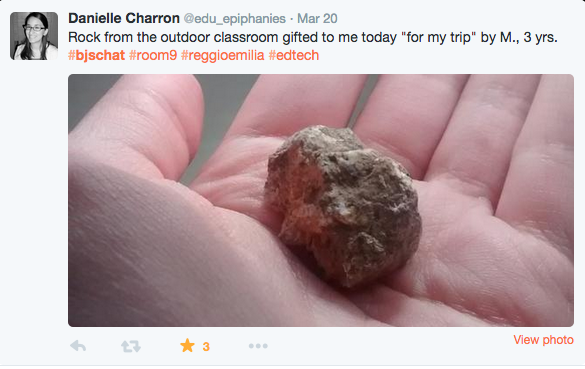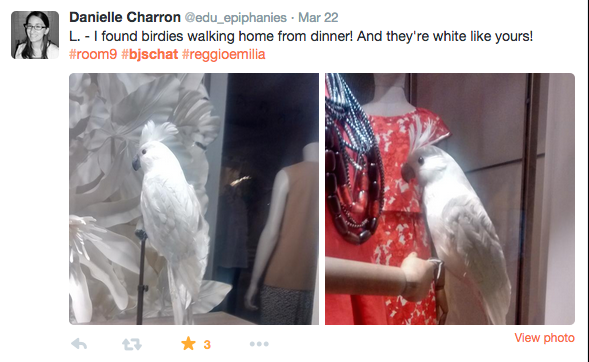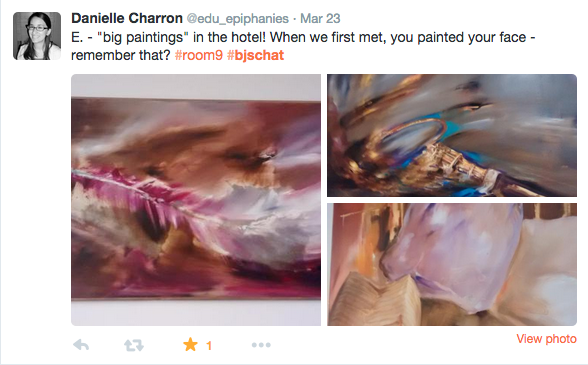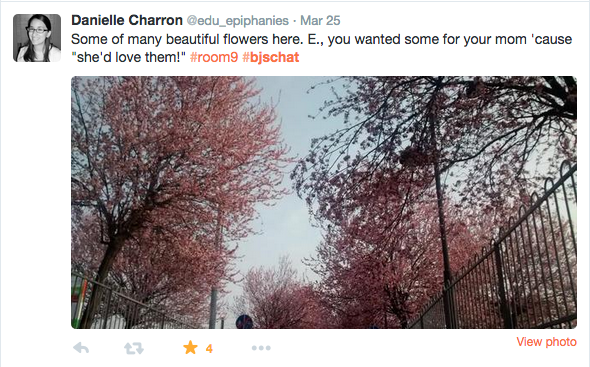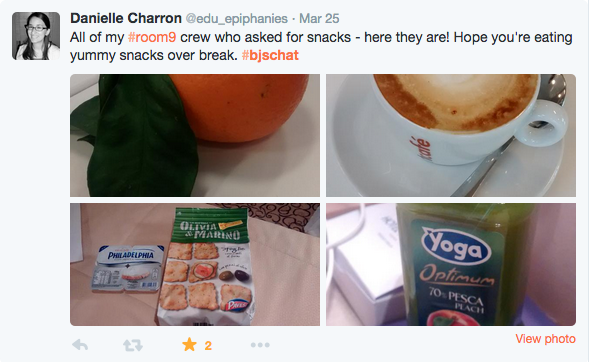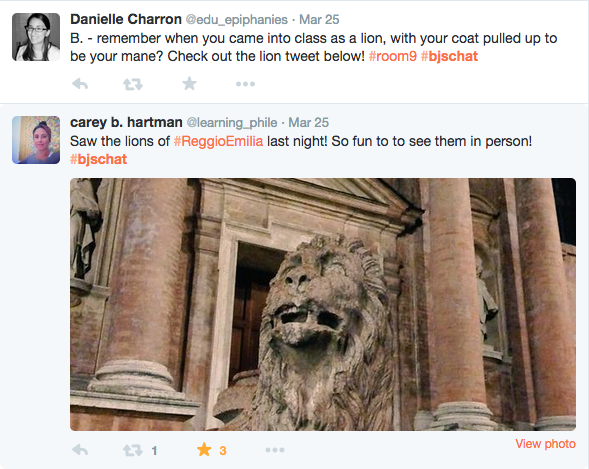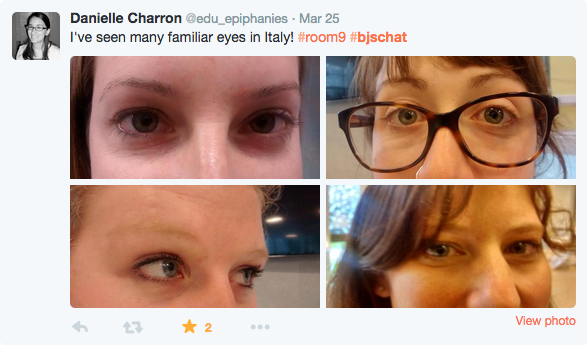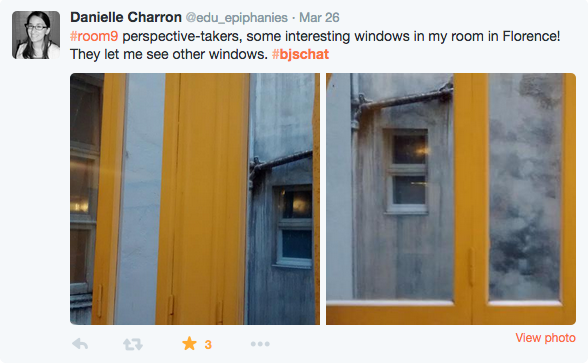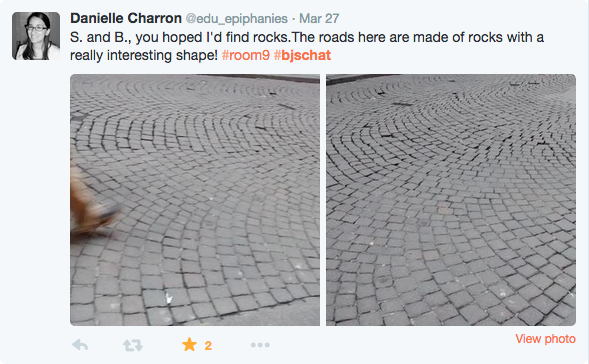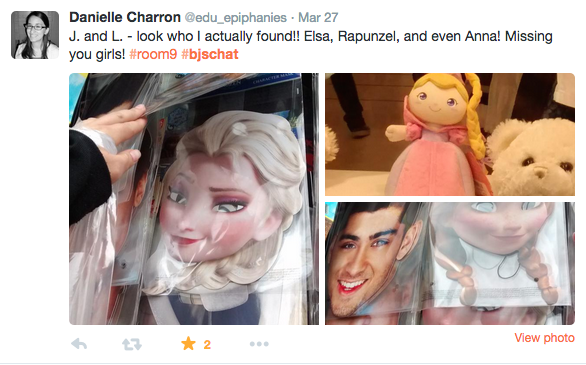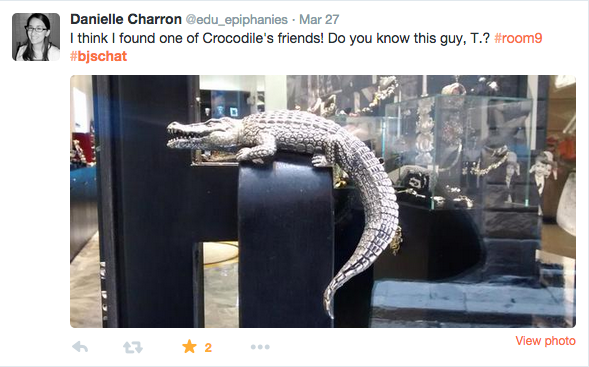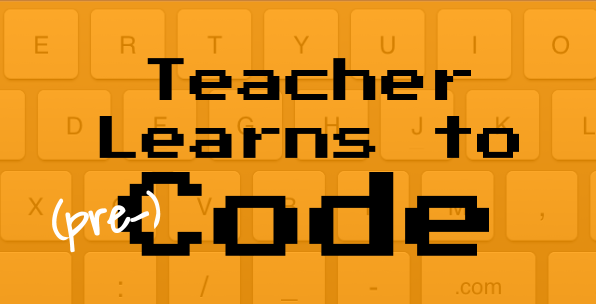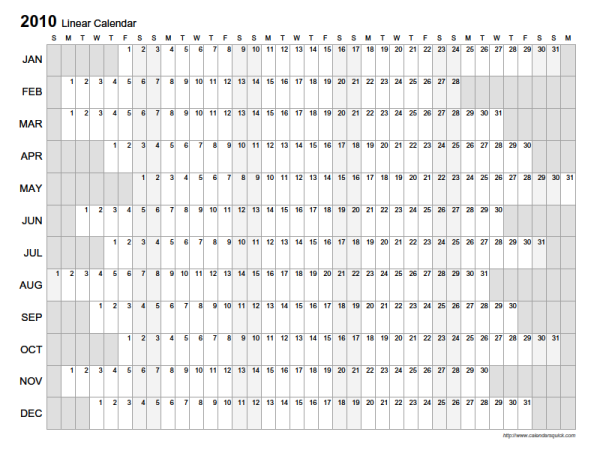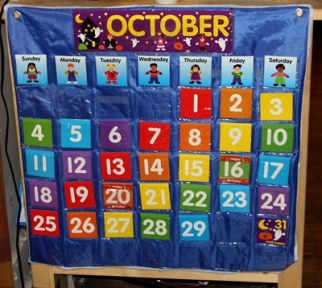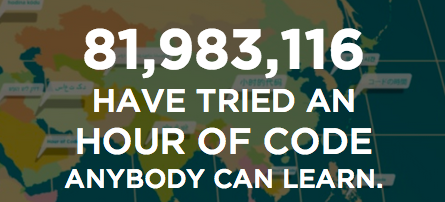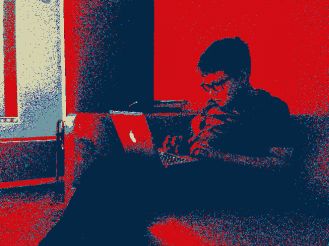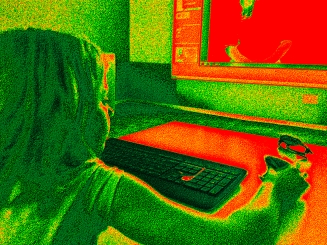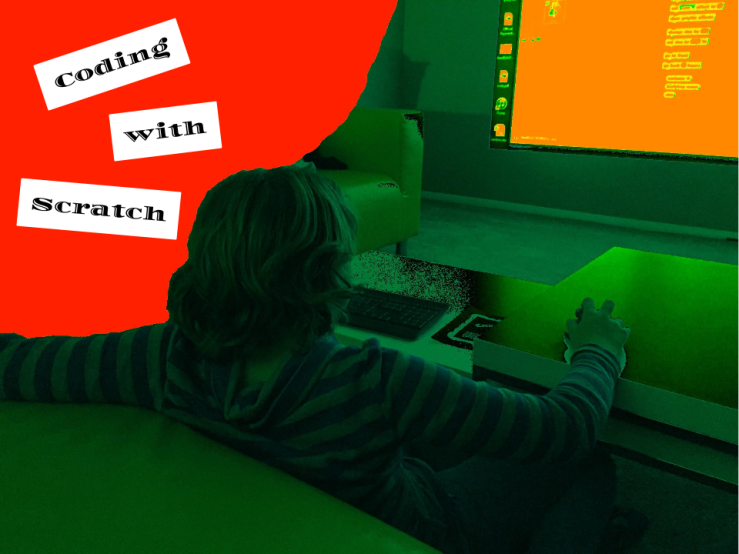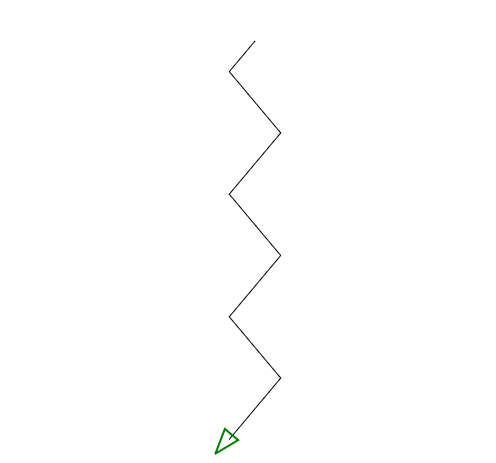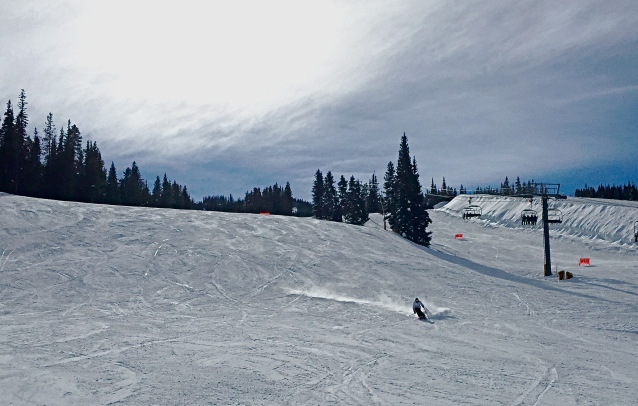This post is part of a promotion of Alter Your World, an Alt Summit project aimed at celebrating actions, big or small, that focus on good in the community.
We live in a world that reminds us of technology’s presence every day. We find ourselves continually wading through screens full of texts, tweets, emails, and moving pictures. At times overwhelming, it can be easy start to wonder if we should eject ourselves and our children from technology altogether.
I am more prone to wonder:
What if we pull back from the debate about “whether or not” to expose children to media, and alternatively investigate “how” we can incorporate technology into meaningful learning experiences?
Danielle Charron is an extraordinary teacher who embraces this question in big ways. She is working on earning her Masters Degree and Early Childhood Teaching License through the Boulder Journey School Teacher Education Program. As part of this year-long program, Masters candidates spend a week studying world-renowned educational practices in Reggio Emilia, Italy. As Danielle prepared for this trip in March of 2015, she began to consider ways to stay connected to her class of toddlers.
A child offered one way:
This child reminded Danielle of the natural empathy and keen awareness young children possess. Since the children were interested in her journey, Danielle wondered if she could use Twitter to invite them along and continue to engage as their teacher.
What she did next was simple, yet remarkable:
Danielle invited her class to follow her journey on Twitter, which offered:
- A way for Danielle to bring the classroom with her.
- A way for parents and children to share excitement and curiosity about their teacher’s adventure.
- A way for the children to engage with technology as a tool.
Last but not least:
- A way for the children, families, and co-teachers to travel along, asking new questions, engaging in new conversations, learning new things, and building deeper relationships along the way!
T’s Mom shared: “T loved this and was excited to have me read your notes and talk about how they corresponded to the pictures. He especially loved seeing Crocodile (his imaginary friend). There was also one photo that showed a window shot of another building. This started a conversation about what we see out of windows and what you were seeing out the window on your trip. Thanks for allowing us all to follow along!”
When M gave Danielle the rock that sparked this story, he told her it was “for your trip”. When she returned to her physical classroom to share her stories in person, she showed M that his gift was still with her.
“It went to Italy and all the way back here!”
Indeed, didn’t they all? I am in awe of Danielle for her willingness to embrace the possibilities that technology and social media offer!

